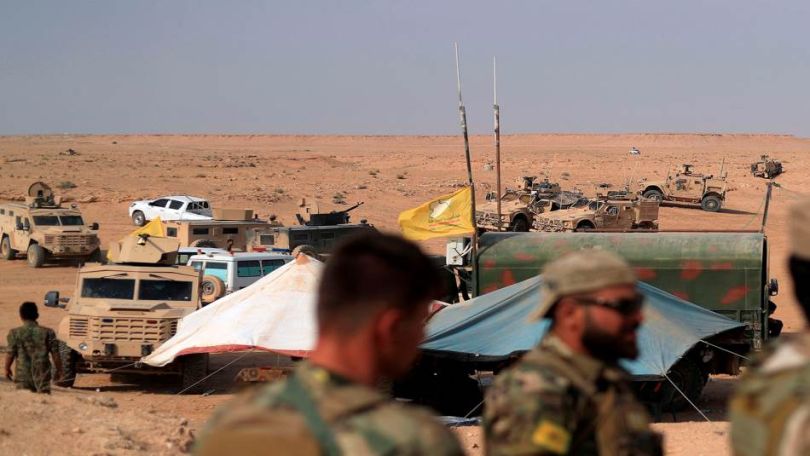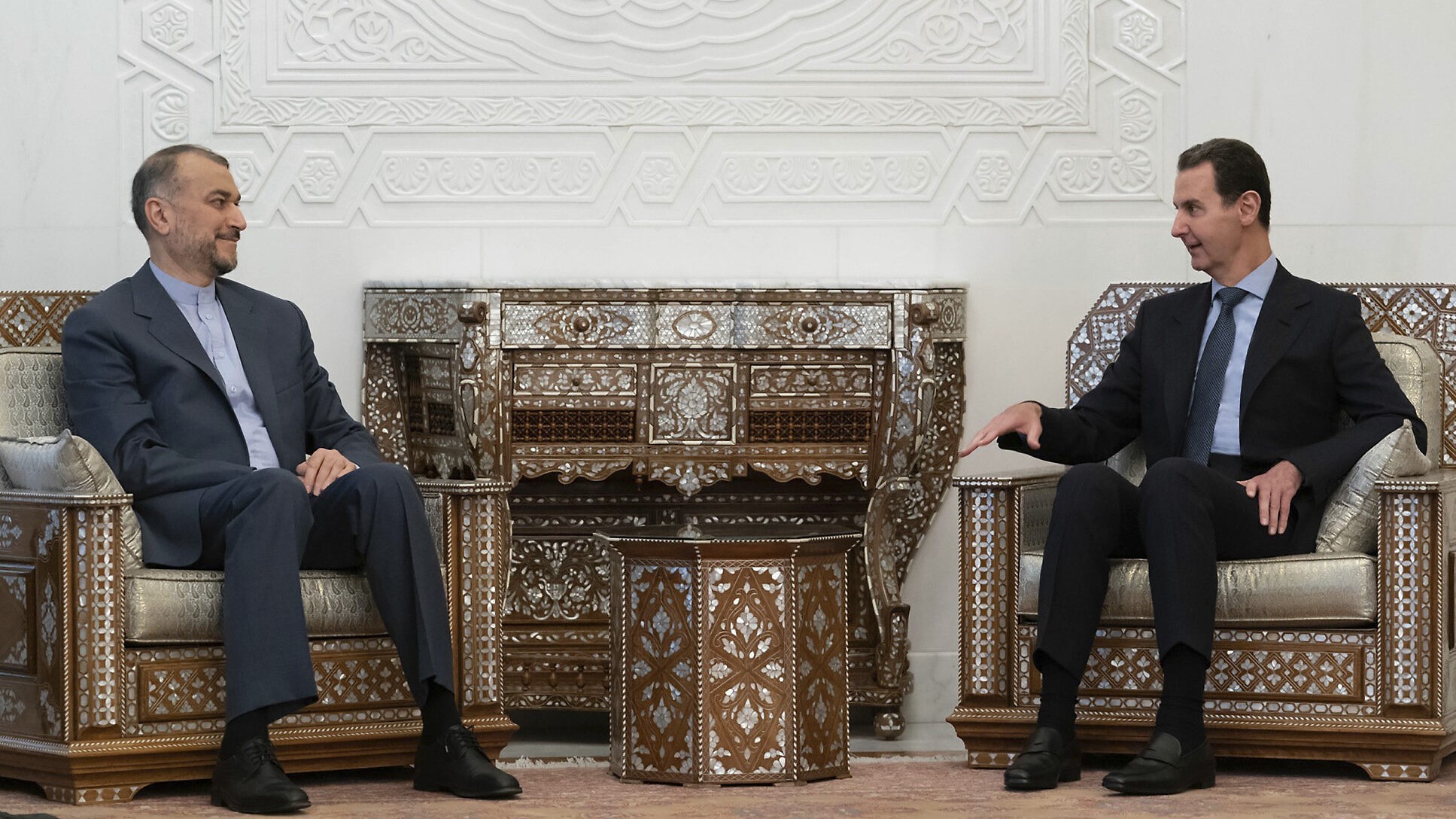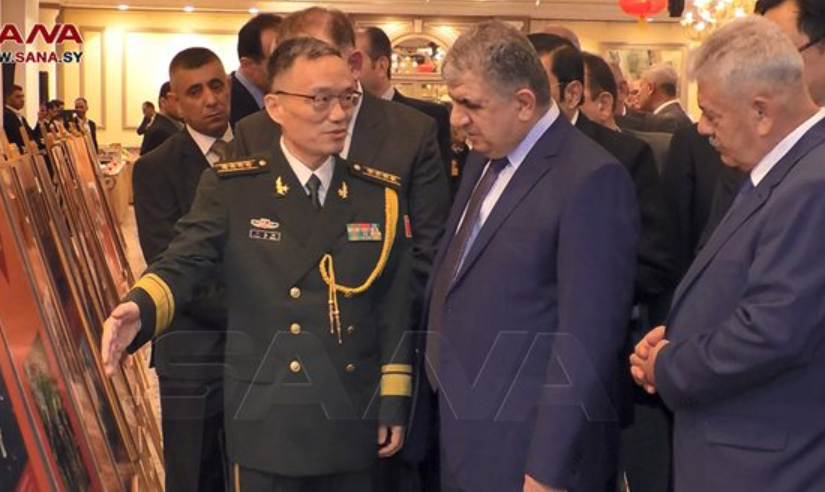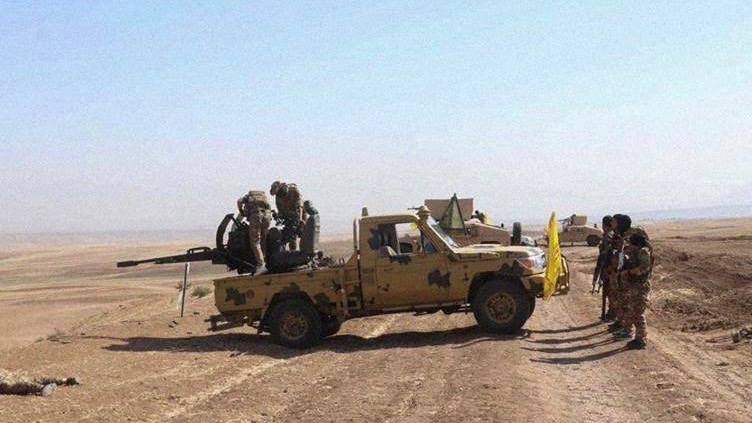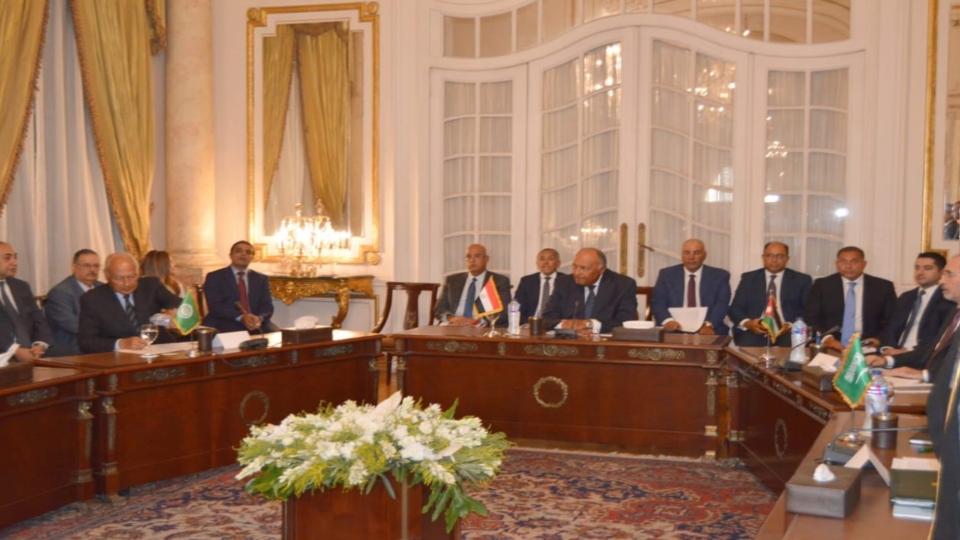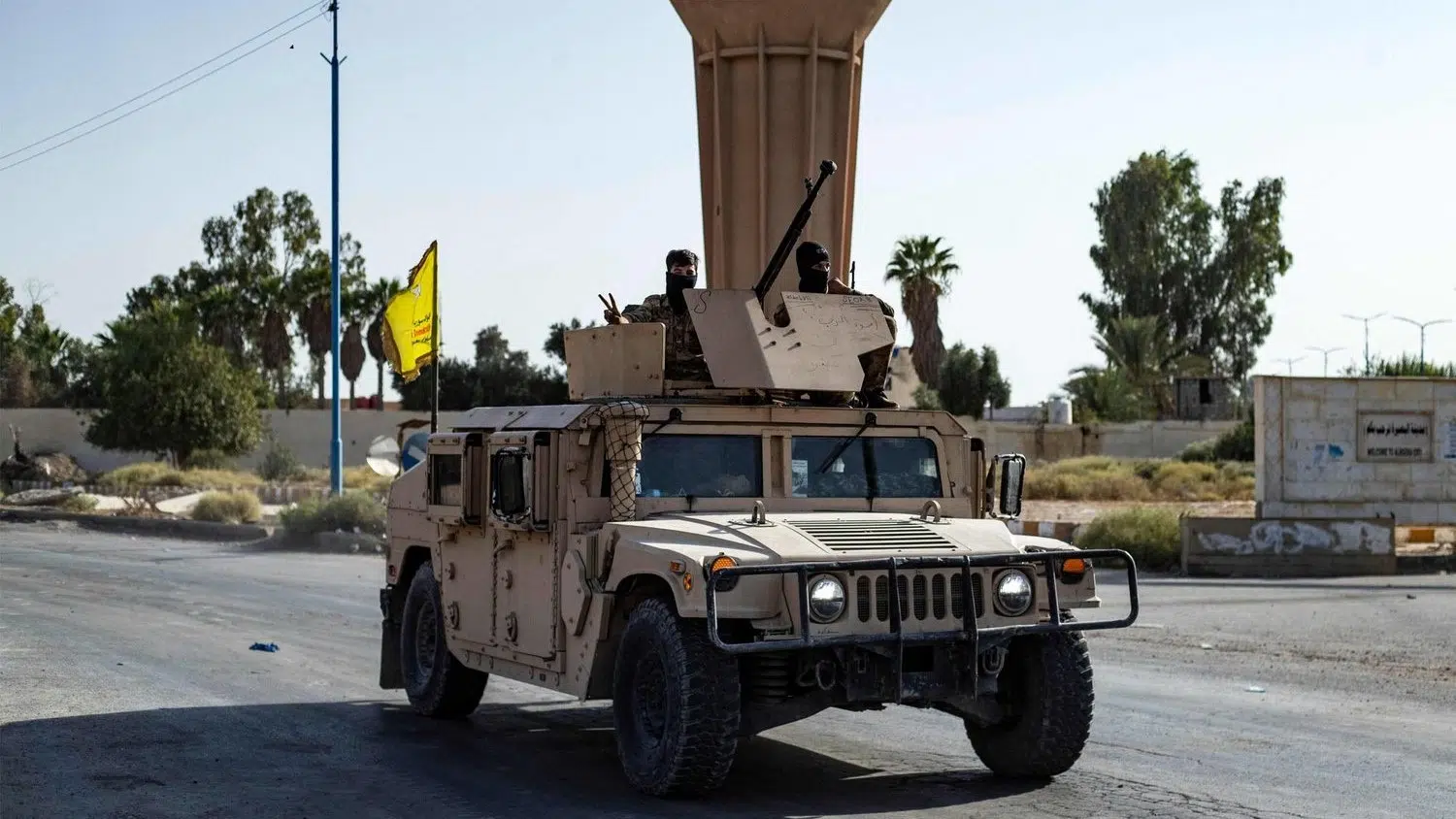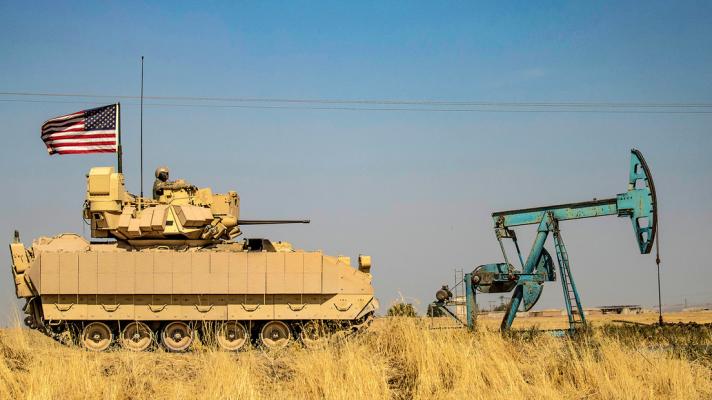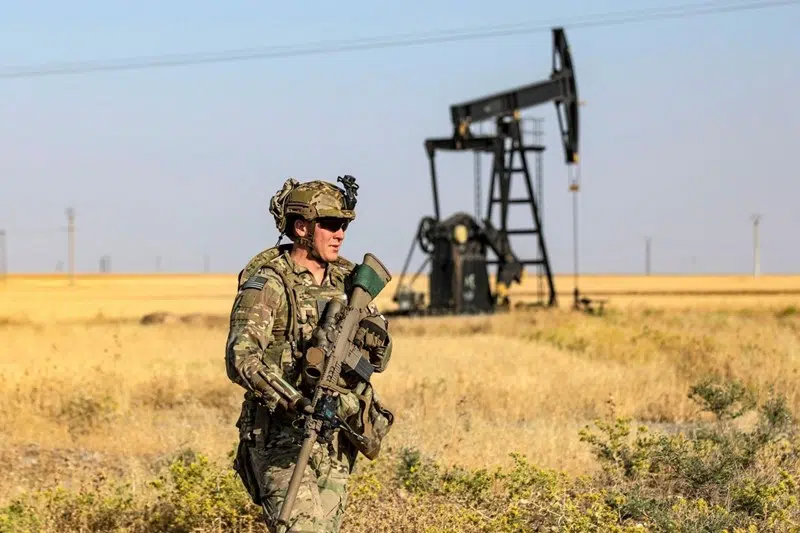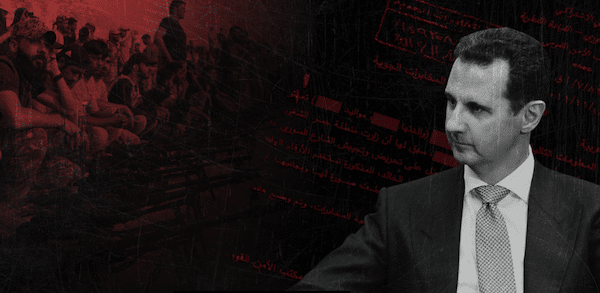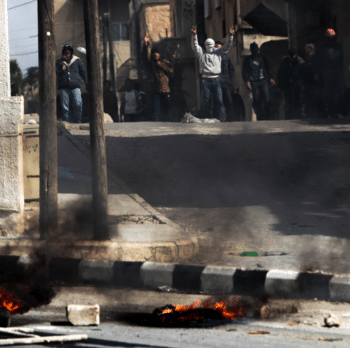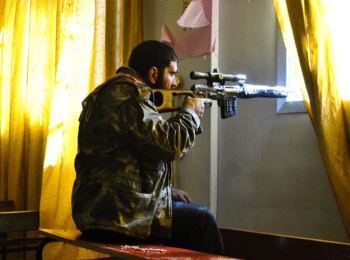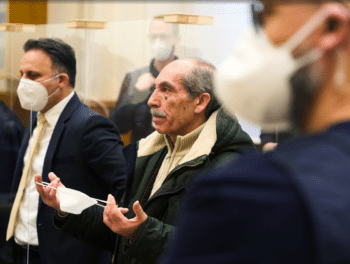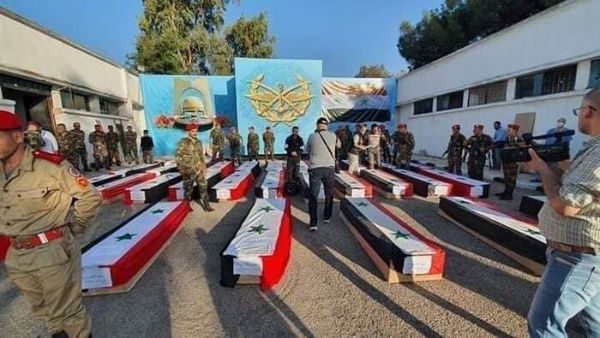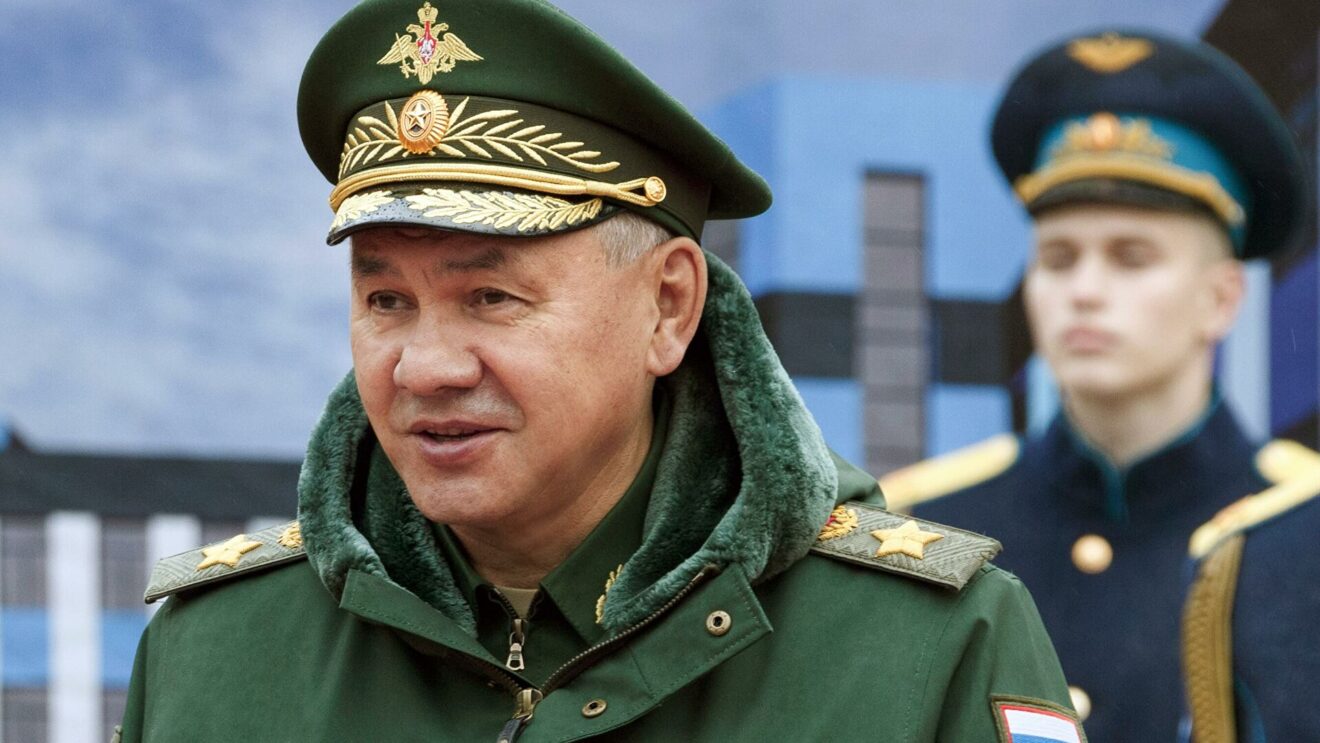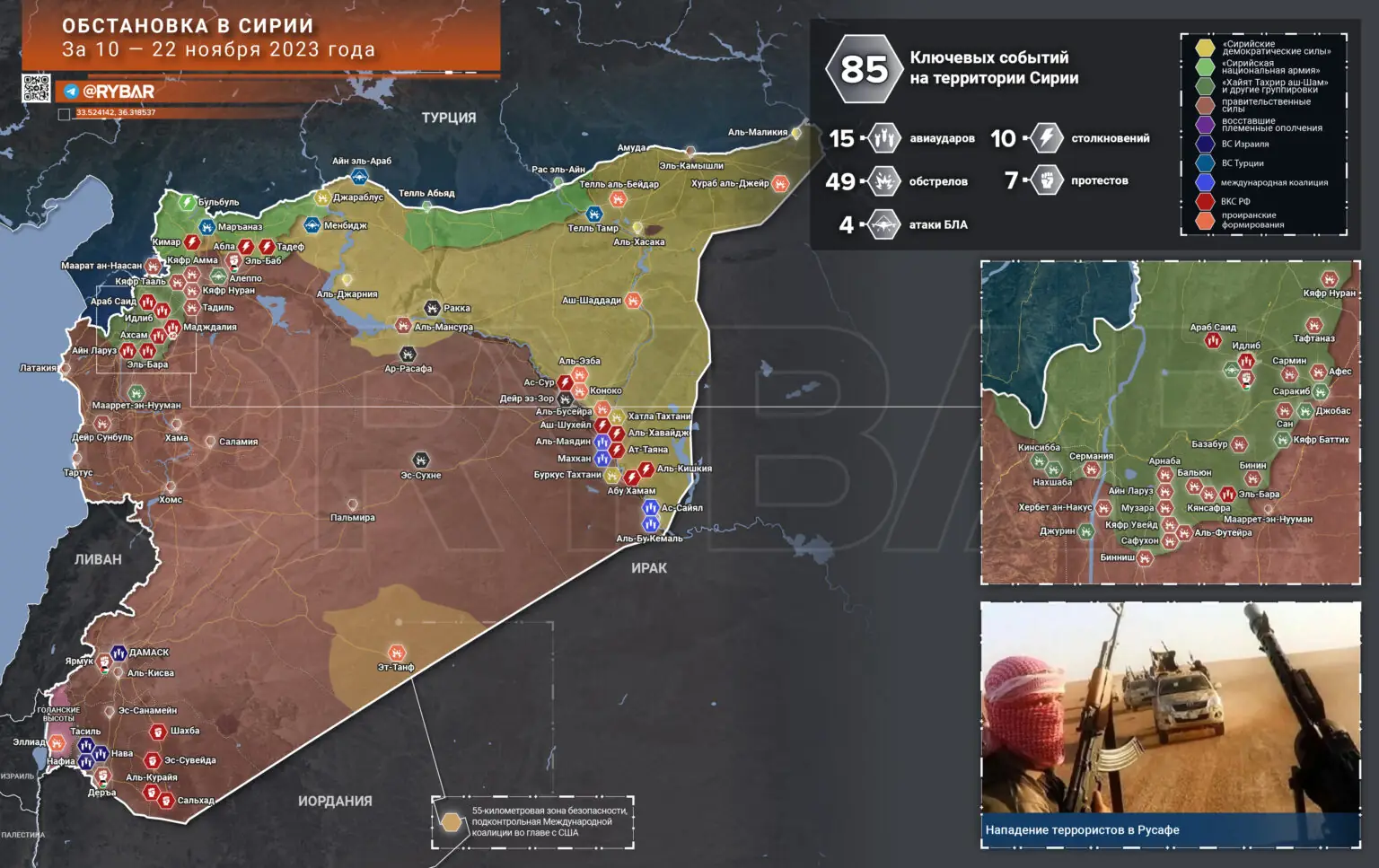August 25, 2023
Author10
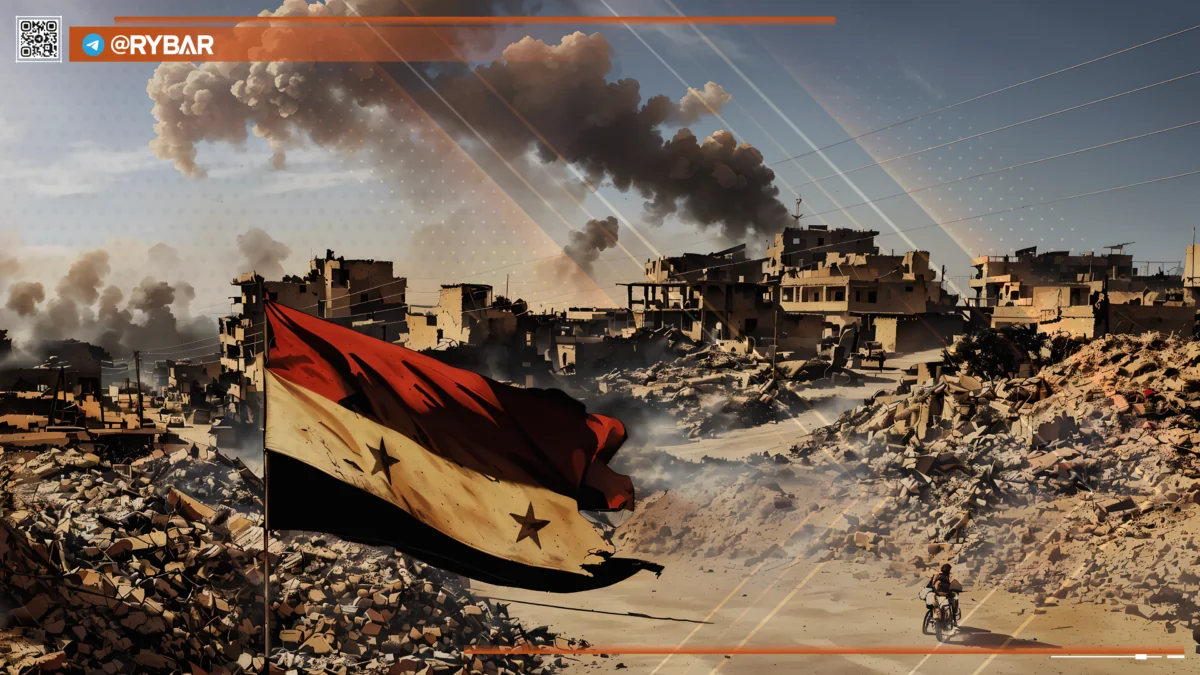
The Israeli Air Force from the airspace over the Golan Heights again launched rocket attacks on the outskirts of the Syrian capital city of Damascus .
Mutual shelling of government forces with Hayat Tahrir al-Sham militants and other groups continues in northwestern Syria . The Russian Aerospace Forces carry out airstrikes on illegal armed formations.
In the territories not controlled by the central government of Bashar al-Assad, there is a struggle for power between field commanders.
Israeli air strikes on Damascus
By the end of August 21, the Israeli Air Force launched airstrikes on the southeastern outskirts of the city of Damascus. The strikes were launched from the airspace over the Israeli-controlled part of the Golan Heights.
Syrian air defense managed to intercept the attack and shoot down part of the missiles. The SANA news agency reported that one soldier of the SAR Armed Forces was injured as a result of the raid. The objects that came under fire suffered material damage.
According to media reports, the targets of the strikes were air defense crews and Iranian “proxy” facilities in the SAR, the fight against which against the backdrop of the political crisis helps Israel rally its own population and distract it from internal problems.
fighting
Mutual shelling and clashes between government forces and militants of Hayat Tahrir ash-Sham and other groups continue in northwestern Syria.
The Ministry of Defense of the Syrian Arab Republic reported on the downing of three drones equipped with explosives in the provinces of Idlib and Hama . With their help, the terrorists tried to attack the objects of the Syrian army.
In order to prevent attacks on Russian patrols and positions of government troops of the Russian Aerospace Forces and the SAR Air Force, they launched joint air missile strikes on the positions of Hayat Tahrir al-Sham militants on the western outskirts of the city of Idlib.
One of the airstrikes hit the headquarters of the Ali ibn Abi Talib brigade , a unit that is part of Hayat Tahrir al-Sham. According to Syrian opposition sources, as a result of the strike, 3 members of the terrorist organization were killed and 7 were injured.
At the same time, artillery crews of the Syrian Arab Army, using reconnaissance drones, detected the enemy’s movements in the provinces of Idlib and Hama and delivered targeted strikes against him.
The next day, the Russian Aerospace Forces launched air strikes on the headquarters of the Talha ibn Ubaydullah brigade from Hayat Tahrir al-Sham in the vicinity of the city of Ash-Sheikh Bahr, northwest of Idlib.
Local sources and activists reported that 6 militants were killed and 11 were injured. In addition to hitting the target, vehicles, ammunition and equipment were also destroyed.
Two days later, on August 24, strikes were carried out on militant positions in the vicinity of the city of Jisr al-Shugur, west of Idlib and north of Hama.
Recently, members of illegal armed groups have fired at the areas of Sarakib, Al-Malyaja, Maaret an-Naasan, Urum-al-Kubra and Kafr Nabel , which are under the control of government troops . Units of the Syrian Arab Army responded with rocket and artillery strikes on militant positions.
In the border areas, the Turkish Armed Forces continue to strike the positions of the Kurdish formations, as well as local clashes of the latter with militants of pro-Turkish groups. Recently, Turkish troops have carried out strikes along the line of contact against Kurdish targets, including Tell Rifat, Shawarga, Menbij, as well as Ain Issa, Abu Rasin, Umm al-Keif and Tell Tamr .
Also, the UAV of the Turkish Armed Forces hit the car near the settlement. Az-Zahra . Presumably, a Kurdish delegation was in the car, which was negotiating with representatives of pro-Iranian formations.
On the Kurdish-controlledIn the part of the province of Deir ez-Zor Syrian Democratic Forces " , clashes took place between the " Military Council of Deir ez-Zor " and the operational units of the SDF. The conflict was provoked by domestic causes.
The situation in the territories controlled by the militants
In the "Greater Idlib" continueDemonstrations against Hayat Tahrir al-ShamThe most frequent protests take place in the districts of Atma, Safuhon, Kafr Takharim, El-Atarib, Tarmanin and Deir Hassan .
Among the demonstrators are members of the Syrian branch of the terrorist organization Hizb ut-Tahrir , dissatisfied with the arrest of their supporters by the "security service" of the HTS- controlled Salvation Government .
Over the past few days, opposition Syrian sources have been reporting on an internal conflict in Hayat Tahrir al-Sham. Thus, Abu Marya al-Qahtani, person number 2 in the leadership of a terrorist organization, was allegedly arrested.
in a grouping acknowledged his removal from duties, adding that nothing serious was happening. One of the charges brought was that a high-ranking functionary entered into "unnecessary contacts with certain parties."
Meanwhile, the decision of the US Department of the Treasury to put on the sanctions list two commanders of the pro-Turkish groups "Al-Hamza Division" and "Sultan Suleiman Shah Division" Saif Abu Bakr and Muhammad Jasim ( Abu Amsha a public outcry .
High-ranking militants of the Turkish-backed "Syrian National Army" have been rightfully accused of numerous human rights violations, kidnappings and extortion, which are affecting, in particular, the Kurdish population of Afrin .
The leader of the Ahrar ash-Sharqiya group, Abu Hatim Shakro, did not stand aside either. , who fell under US sanctions back in 2021,He believes that his being on this list is unreasonable and declares his readiness to discuss this issue with the international community.
diplomatic background
A meeting of the Arab Liaison Committee on Syria was held in the capital of Egypt, Cairo , with the participation of the Minister of Foreign Affairs of the SAR , Faisal al-Mikdad . The participants of the meeting discussed the development of the situation in the country. The final statement stressed the need to take practical and effective steps to gradually and comprehensively resolve the crisis in Syria.
Syrian Prime Minister Hussein Arnous met with Tunisian Ambassador Mohamed al-Mahdabi and Algerian Ambassador Kamel Bouchama in Damascus . The talks touched upon the resumption of cooperation between the countries.
Syrian Foreign Minister Faisal al-Mikdad and his Cuban counterpart Bruno Rodriguez held a telephone conversation during which the two sides discussed ways to strengthen bilateral relations.
Other news
On the occasion of World Humanitarian Day, Russian troops in the Syrian Arab Republic distributed food aid to residents of a number of settlements in the Al-Qamishli and Tartus regions .
Syrian President Bashar al-Assad received a delegation of Armenian Catholic bishops led by Patriarch of Cilicia Rafael Bedros XXI of Cilicia , who arrived in the Republic on a pastoral visit.
August 24 marks the 7th anniversary of the start by Turkey in 2016 of the military operation "Euphrates Shield" against the "Islamic State" (the organization is banned in Russia). Turkish proxies from the Syrian National Army have already congratulated her on her anniversary , including in the language of sponsors.
On the occasion of the Day of the State Flag of the Russian Federation, a solemn ceremony was held on Umayyad Square in Damascus. The participants of the event reaffirmed their solidarity with Russia, which supported Syria in the fight against terrorism.
Author10
https://rybar.ru/obstanovka-v-sirii-za- ... 2023-goda/
Google Translator
********
The US, Russia, and Iran butt heads in Syria and Iraq
Amidst the influx of thousands of US troops into West Asia, Syria is once again at the heart of a multifaceted battle for control, which will likely be played out on its troubled, contentious border with Iraq.
Ahmed al-Rubaie
AUG 23, 2023

Photo Credit: The Cradle
In a significant development last month, US military convoys rolled into Iraq via the Arar crossing with Saudi Arabia. This visible display of foreign force movements saw a portion of the convoy making its way to the Ain al-Assad base in western Iraq, while the rest headed toward the US occupation base of Al-Tanf in Syria.
In July, the US Department of Defense unveiled its plan to deploy approximately 2,500 soldiers from the 10th Mountain Division, stationed at the Fort Drum military base. Their mission: Operation Inherent Resolve (OIR), the codename for the US-led military campaign against ISIS in Syria and Iraq.
Given the fact that US troops were assumed to be gone from Iraq since last year, pro-US media and political commentators went into overdrive trying to convince a cynical Iraqi public that these new troop movements suggest a healthy development in Washington's policies toward Baghdad. But will it work?
Syria’s strategic significance
Today, the focal point of the Russian-American-Iranian power struggle in West Asia is in Syria. This strategically located country serves as a pivotal Meditteranean gateway for Russia's military presence, and is the Arab cornerstone for the Axis of Resistance which extends from Iran to Lebanon and Palestine.
Geopolitically, Syria's significance derives from its vital location at the crossroads of three continents, and shares borders with five countries: Turkiye (822 km), Iraq (605 km), Jordan (375 km), Lebanon (370 km), and Palestine (76 km). Moreover, Syria's coastal stretch along the Mediterranean Sea, spanning 192 km, holds tremendous strategic sway in the realm of global security, politics, and economics.
For these multifaceted reasons, Washington has stayed fully engaged on the Syrian file as an important arena from which to curtail Russian and Iranian influence throughout the region. As such, regime change scenarios have played an outsized role in US policy in West Asia.
In 2011, spurred on by the euphoria and optimism of the so-called Arab Spring, anti-government protests erupted in Syria and were very quickly infiltrated by western weapons and agendas.
A plethora of armed factions emerged during this turbulent period, each backed by different foreign states and interests, including the Free Syrian Army, Al-Nusra Front, ISIS, the Syrian Democratic Forces (SDF), and various other armed extremist groups.
By 2012, it became clear that chief among the countries involved in supporting terrorist militias in Syria were the US, Turkiye, Qatar, the UAE, Saudi Arabia, and Israel. In a direct display of support, Washington threw its weight behind the Kurdish-led SDF, offering training and weaponry to help ethnic Kurds carve out an autonomous zone in eastern Syria, emptied of much of its Arab population.
These machinations were not lost on Russia and Iran, who entered the fray upon the request of the Syrian government, and rallied support from the likes of Lebanese Hezbollah and Iraq’s Popular Mobilization Units (PMU).
For much of this conflict, western powers turned a blind eye to the burgeoning activities of terrorists along the Syrian-Iraqi border - and by 2014, ISIS managed to seize control of Mosul and three Iraqi provinces.
The Iraqi-Syrian border, stretching over 605 km, fell under ISIS's dominion as it severed supply lines to Iraqi factions fighting in Syria. This strategy aimed to force Iran to withdraw its support of Syrian President Assad.
But in an unexpected countermove, mostly Iran-backed Iraqi forces launched campaigns to reclaim territory from ISIS's grasp. After an arduous 1,200 days of battles, they emerged victorious, wresting control of the Iraqi borders from the grip of the self-proclaimed caliphate.
Disputes on the border
On the Syrian side of the border, the Syrian Arab Army (SAA), aided by Russia and other allies, successfully reclaimed a vast swathe of territory from armed opposition militias, leaving only pockets of militias in eastern Syria, notably in the city of Idlib, where Hay’at Tahrir al-Sham (formerly Al-Nusra Front) dominates.
Of particular concern to the US has been the prominent presence of the Iran-supported PMU along Syria's borders with Iraq. In order to control that border, the US-led international coalition - occasionally joined by Israeli forces - has launched countless targeted operations against the PMU along the Iraqi border. Washington argues that it does so in “self-defense,” to prevent attacks against US forces stationed at bases like Syria's al-Tanf and Iraq's Ain al-Assad.
It is a position unsupported by international law: US forces illegally occupying a sovereign state cannot claim self-defense.
Nevertheless, these dynamics have compelled the US to prioritize the Iraqi border within its broader Syria strategy. As strategic expert Hazem al-Sharaa tells The Cradle:
“These borders are not only part of the Syrian war game but have become part of the Ukrainian war and Washington's conflict with both Moscow and Tehran.”
Today, control of the al-Qaim (Iraq's side) border crossing are held firmly by the PMU. When the US feels a need to undermine that control, it makes claims of PMU attacks against US bases and troops, in order to launch a lethal US retaliation at PMU positions.
In the broader picture, Russia - as a steadfast ally and strategic partner to Damascus - also plays a role in tightening the grip around the illegal US occupation of Syria, with Russian forces now reaching a point of contact with the US-backed SDF.
A proxy theater for Russia and the US
This has “raised the American side's fears of a decline in its influence in Syria,” says Ali al-Shammari, a researcher at Al-Rafidain Center for Strategic Studies. "Washington lost on the Ukraine front, and does not want another loss on the Syrian front," he tells The Cradle.
For Vladimir Vasiliev, a senior researcher at the Institute for the United States and Canada of the Russian Academy of Sciences, a US loss in Ukraine may ratchet up confrontation in Syria quickly: Washington “is attacking Russia with Ukrainian hands. The failure of this attack will prompt America to resort to a backup plan in Syria."
On 23 July, 2023, a potentially dangerous episode unfolded as a Russian Air Force fighter jet narrowly avoided a collision with a drone from the US-led coalition. These past months have seen subtle yet palpable tensions grow between US and Russian forces in Syria.
Syrian intelligence sources tell The Cradle that US forces in Syria have increased from 500 to 1,500 soldiers, all of whom have entered the country via the Al-Waleed border crossing from Iraq. Meanwhile, a high-ranking officer within the Iraqi border guards reveals that there are "indications of an upcoming military operation by the US army on the Syrian side of the border with Iraq."
A senior security source in the Iraqi Counter-Terrorism Service (CTS), on the other hand, reports to The Cradle that “the Americans whom we meet at the Joint Operations Command weekly, and who inform us of all their movements and air strikes inside Iraqi territory against ISIS, did not inform us of any military operation inside Iraqi territory.”
Stakes and alliances
Suspicions over US military ploys grew further on 7 August, when Iraqi Defense Minister Thabet al-Abbasi paid a secret visit to Washington, accompanied by prominent army commanders and the head of the CTS.
Although the details of the visit remain undisclosed, private sources tell The Cradle that Iraqi officials were presented with a new deployment strategy for US forces in eastern Syria. Implementation of this strategy is expected upon the conclusion of US reinforcement efforts.
The sources add that the Americans emphasized the necessity of neutralizing Iraqi Shia armed factions and preventing their involvement in potential clashes between US forces and the SAA along the Iraqi border. As Ghazi Faisal, director of the Iraqi Center for Strategic Studies, tells The Cradle, US interest in Syria appears not to have diminished a whit:
"Washington's plan in Syria has three axes: forcing Moscow to bring in more forces to Syria to relieve pressure on Ukraine, blocking the Iranian presence in Syria, and cutting off Iran's supply of advanced missiles to Hezbollah in Lebanon."
Qamishli, a city situated in northeastern Syria approximately 680 km from Damascus, emerges as a potential epicenter for the brewing confrontation between US and Russian interests, due to the coexisting spheres of influence between US forces and the SDF on one hand, and on the other, the Russian military position at a local airport.
In this intricate mix, several military factions aligned with both Tehran and Damascus also stake a claim on these areas. Kirill Semenov, an expert from the Russian Council for International Affairs, notes that "In the event of any provocation from any party, all possibilities will be available."
https://new.thecradle.co/articles/the-u ... a-and-iraq
